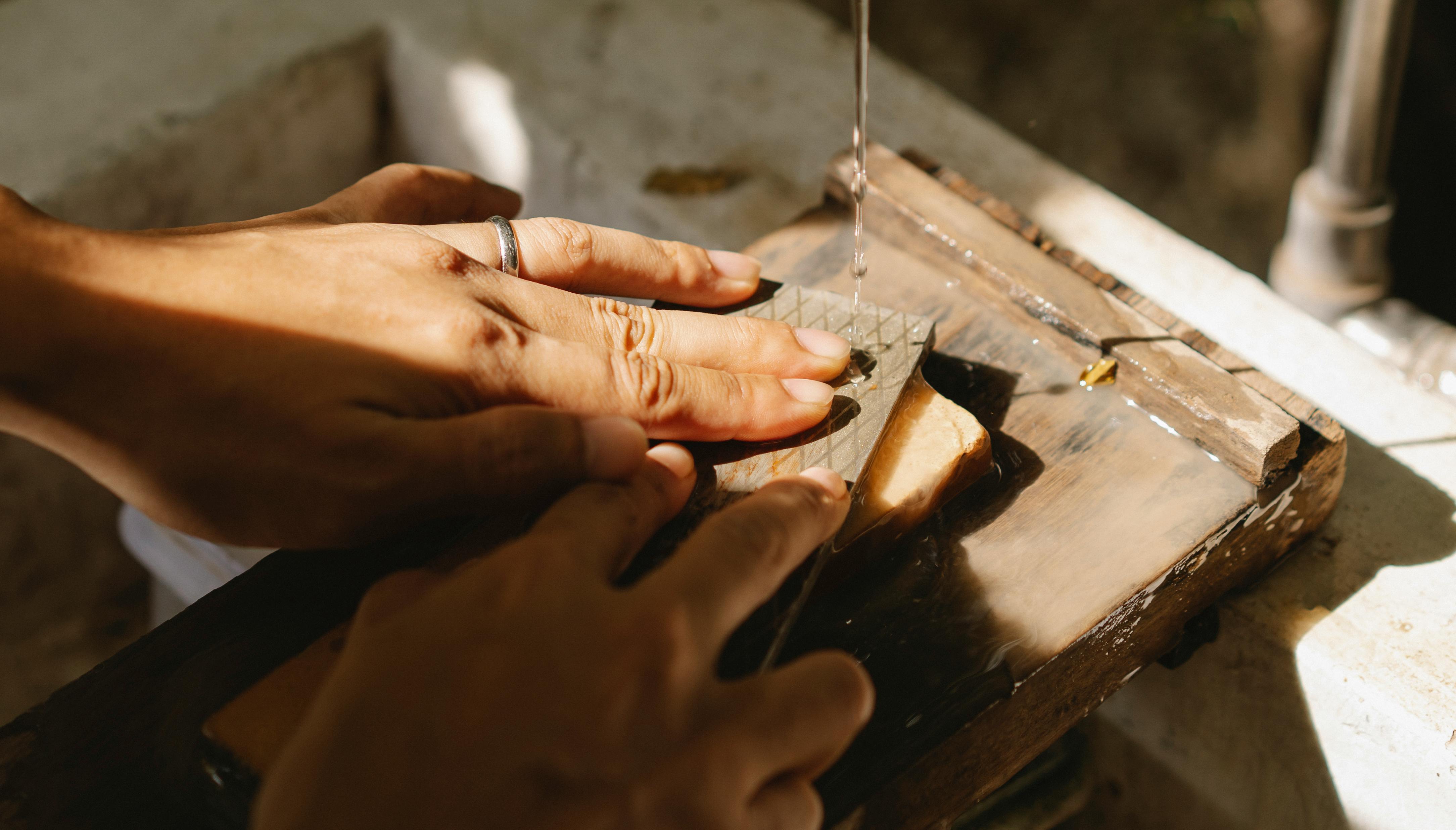Safety training lacks industry relevance
Under current licensing and training requirements, a person who wants to be a security guard and obtain a valid license must complete a Security Operations Certificate II.
In all the training sessions and manuals from security companies that security guards use for on-the-job instructions, a familiar statement always comes out when a person asks how a security guard does his job.
Security guards must observe and report
This is the most common saying in the security industry, yet very few trainers include any time in the course to train students in observation or detection skills. Tired information regarding criminal descriptions is brought up and all students nod in agreement at the valuable skills they are learning.
observation skills
I found that most safety training courses do not include hands-on sessions to test students’ observation skills by using a role-play or simulated incident to put what they have learned into practice. Having worked with new security guards, it became apparent that they did not know how to look at any of the following important factors
- What direction did the offender take after the incident?
- Who was with the offender at the time before or after the incident
- Did the vehicle’s front and rear registration plates match?
- were they right or left handed
- Any sign of injury
- What kind of tattoo was it, describe it
- What kind of camouflage pattern was the offender wearing?
The military way of training
In special forces units they teach you observation skills that are almost photographic by the end of your training. This is done through repeated hands-on sessions and increased complexity with tests at all times to meet your standards.
Security guards should have the same level of training if their job is primarily to properly observe and report incidents.
As a trainer, I use similar methods to train security guards and investigators so that they can actually see all the evidence at a scene or can provide a full report of witness statements.
photography tests
Using a detailed photograph of various suspects, I show the photographs in short sequences. Then I have the students write suspect descriptions for all of them. This provides a good training start for learning to take note of details in a short period of time.
Incident reporting training
Next, I take students through a video of an incident or a role-play simulation with the students required to observe and report all the details. This is done at least three times during the day. A good way for them to practice report writing and observation skills. It can be done in less than 4 hours if needed.
crime scene awareness
Security guards and new investigators are often overwhelmed at the first crime scene regarding what evidence is detected and what witness reports are important. To reduce the stress and potential errors of the effects of this stress when collecting crime scene details, I prepare a crime scene and run a training session that is as realistic as possible to induce a stress level and put your skills from observation to test. the proof.
All students are required to observe all required evidence that has been placed at the crime scene.
Why these methods work
Students practice various observation exercises throughout the course and evaluate the results. This provides incentive and discipline to learn to see the details and report them correctly.
Because we place the evidence and control what the students see, it is easy for the trainers to tell whether or not the security guard observed the details. In a real incident, you won’t be there to assess whether the security guard actually observed all the details correctly.
recommendations
All security courses should include observation skills tests as part of the course to train new security guards on how to observe and report details through practice. Too often, learning takes place on the job and mistakes make the difference between reducing crime or not.
© Copyright 2008 by Paul Baker
